
Vientiane: The Tranquil Heart of Laos
Discover Vientiane, the peaceful capital of Laos, where ancient temples, colonial architecture, and a vibrant culinary scene await amidst the tranquil flow of the Mekong River.
Nestled along the banks of the Mekong River, Vientiane is a city that exudes a serene charm. As the capital of Laos, it offers a unique blend of French colonial architecture, Buddhist temples, and a laid-back atmosphere. Unlike other bustling Southeast Asian capitals, Vientiane is a place where time seems to slow down, inviting visitors to unwind and explore at a leisurely pace. The city is dotted with stunning temples, with Pha That Luang standing out as the most iconic. This golden stupa is not only a national symbol but also a revered site for Buddhist pilgrims. Another must-visit is Wat Si Saket, the oldest temple in Vientiane, which houses thousands of miniature Buddha statues. For a taste of colonial history, the Patuxai Victory Monument offers panoramic views of the city from its top. Vientiane is also a culinary delight, offering a mix of traditional Lao cuisine and French-inspired dishes. The night market along the Mekong Riverfront is a great place to sample local street food, from spicy papaya salad to freshly grilled fish. For a more refined dining experience, the city boasts several fine restaurants that serve both local and international fare. Despite its small size, Vientiane has a vibrant arts and crafts scene. The city's markets and boutiques are filled with handwoven textiles, silver jewelry, and intricate wood carvings. A visit to the COPE Visitor Centre provides insight into the country's history and efforts to help those affected by unexploded ordnance. For those looking to unwind, the city's many spas offer traditional Lao massages that are perfect for relaxation after a day of exploration.
Local tips in Vientiane
- Visit Pha That Luang early in the morning to avoid the crowds and enjoy the serene atmosphere.
- Bring cash, as many small vendors and markets do not accept credit cards.
- Dress modestly when visiting temples; shoulders and knees should be covered.
- Rent a bicycle to explore the city at your own pace and discover hidden gems.
- The night market along the Mekong Riverfront is best visited around sunset for the full experience.
- Stay hydrated and carry bottled water, especially when exploring outdoor attractions.
Neighbourhoods in Vientiane
Vientiane: The Tranquil Heart of Laos
Nestled along the banks of the Mekong River, Vientiane is a city that exudes a serene charm. As the capital of Laos, it offers a unique blend of French colonial architecture, Buddhist temples, and a laid-back atmosphere. Unlike other bustling Southeast Asian capitals, Vientiane is a place where time seems to slow down, inviting visitors to unwind and explore at a leisurely pace. The city is dotted with stunning temples, with Pha That Luang standing out as the most iconic. This golden stupa is not only a national symbol but also a revered site for Buddhist pilgrims. Another must-visit is Wat Si Saket, the oldest temple in Vientiane, which houses thousands of miniature Buddha statues. For a taste of colonial history, the Patuxai Victory Monument offers panoramic views of the city from its top. Vientiane is also a culinary delight, offering a mix of traditional Lao cuisine and French-inspired dishes. The night market along the Mekong Riverfront is a great place to sample local street food, from spicy papaya salad to freshly grilled fish. For a more refined dining experience, the city boasts several fine restaurants that serve both local and international fare. Despite its small size, Vientiane has a vibrant arts and crafts scene. The city's markets and boutiques are filled with handwoven textiles, silver jewelry, and intricate wood carvings. A visit to the COPE Visitor Centre provides insight into the country's history and efforts to help those affected by unexploded ordnance. For those looking to unwind, the city's many spas offer traditional Lao massages that are perfect for relaxation after a day of exploration.
When is the best time to go to Vientiane?
Iconic landmarks you can’t miss
Patuxay - Victory Monument
Explore Patuxay, Vientiane's iconic Victory Monument, where history meets breathtaking views and cultural vibrancy in the heart of Laos.
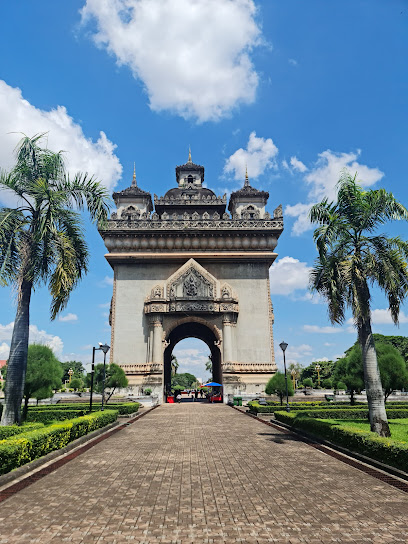
Chao Anouvong Park
Explore the serene beauty of Chao Anouvong Park, a lush oasis in Vientiane that offers stunning Mekong River views and rich cultural experiences.

Pha That Luang Vientiane
Discover the spiritual grandeur of Pha That Luang, Laos' most revered Buddhist temple, nestled in the heart of Vientiane's rich cultural landscape.
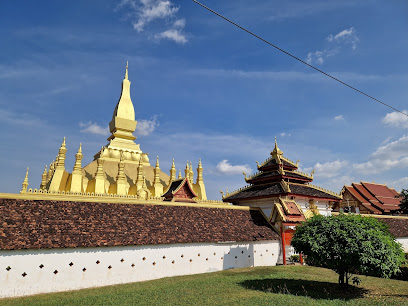
Talat Sao Morning Market
Explore the vibrant Talat Sao Morning Market in Vientiane for an authentic taste of local culture, delicious food, and unique handicrafts.
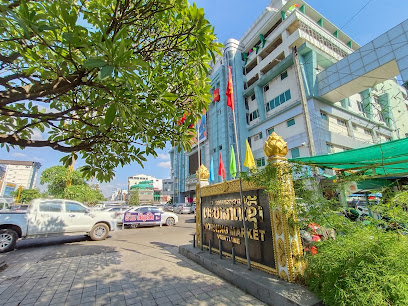
Buddha Park (Wat Xieng Khouane Luang)
Discover the enchanting Buddha Park in Vientiane, home to over 200 unique sculptures blending Hindu and Buddhist mythology in a serene ecological setting.
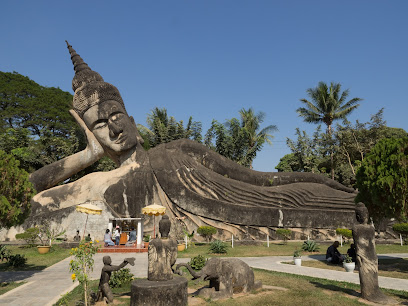
Wat Si Muang
Explore Wat Si Muang, a stunning Buddhist temple in Vientiane, Laos, offering a glimpse into rich Laotian culture and serene spiritual atmosphere.
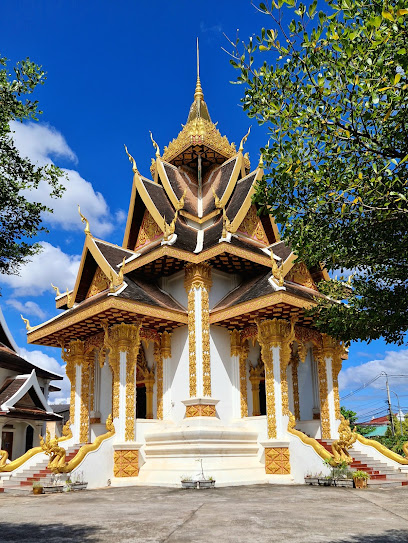
Vientiane Night Market
Discover the enchanting Vientiane Night Market: a vibrant blend of culture, cuisine, and craftsmanship in the heart of Laos.
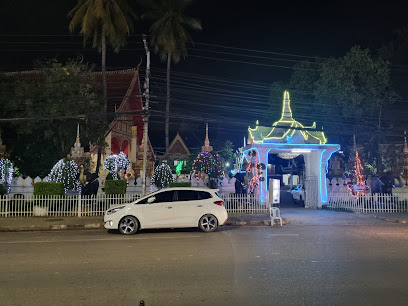
Wat Sisaket
Explore the serene beauty and rich history of Wat Sisaket, Vientiane's captivating Buddhist temple adorned with thousands of Buddha images.
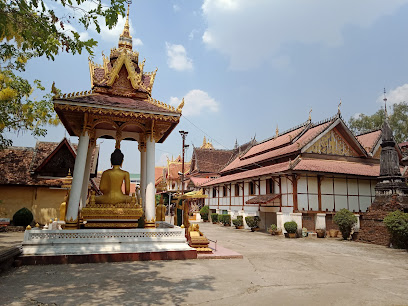
Ho Phrakeo Museum
Discover the spiritual and historical essence of Laos at Ho Phrakeo Museum, a cultural landmark in Vientiane showcasing exquisite artifacts.
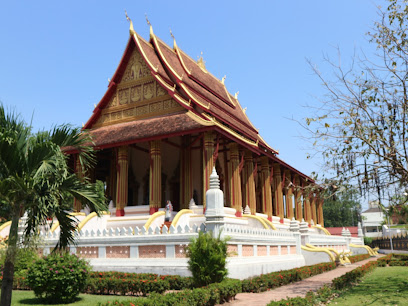
That Dam Stupa
Discover the timeless beauty and rich history of That Dam Stupa, a must-visit cultural treasure in the heart of Vientiane, Laos.

Patuxay Park
Explore Patuxay Park in Vientiane, a serene gathering place featuring a stunning monument, lush gardens, and vibrant local life for an unforgettable experience.

COPE Visitor Centre
Explore the COPE Visitor Centre in Vientiane for a profound insight into Laos's history and the ongoing efforts to clear unexploded ordnance.

Xaysomboun Boutique Hotel
Experience the perfect blend of comfort and culture at Xaysomboun Boutique Hotel, your ideal base in Vientiane, Laos.
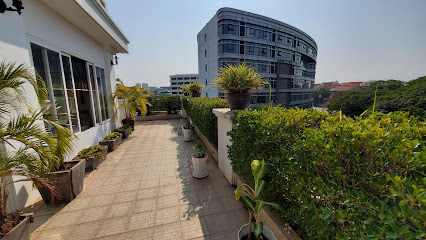
Nam Phou Fountain
Discover the beauty and vibrant culture at Nam Phou Fountain, a must-see landmark in Vientiane, Laos, perfect for relaxation and social gatherings.
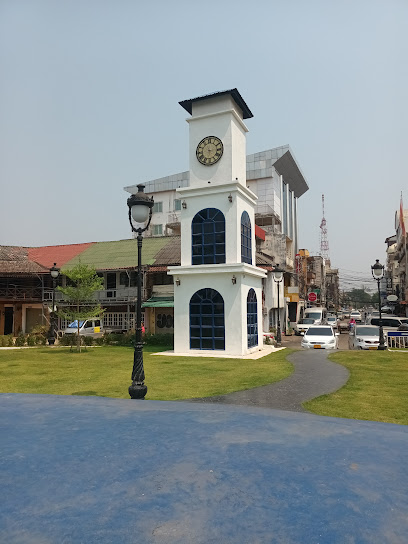
Wat Ong Teu
Discover the serene beauty of Wat Ong Teu, a significant Buddhist temple in Vientiane, where tranquility and rich traditions await your visit.
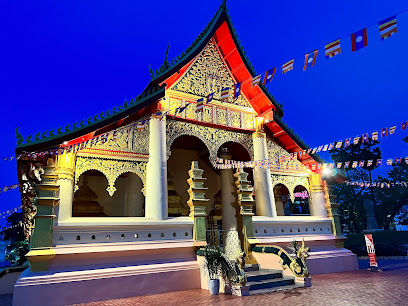
Unmissable attractions to see
Wat Pho Chai
Discover tranquility and cultural heritage at Wat Pho Chai, a stunning Buddhist temple in Nong Khai, Thailand, perfect for spiritual exploration.
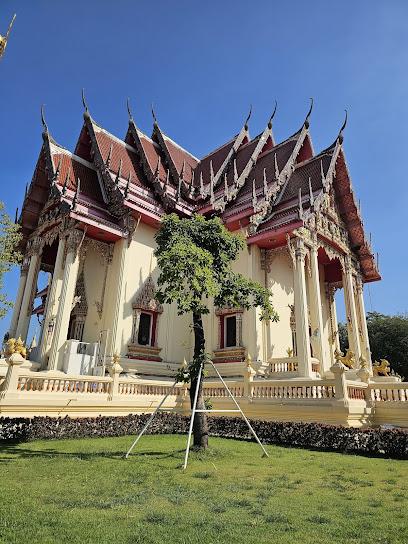
Pha That Luang Vientiane
Discover the cultural heart of Laos at Pha That Luang, the stunning golden stupa and national symbol of Vientiane's rich heritage.
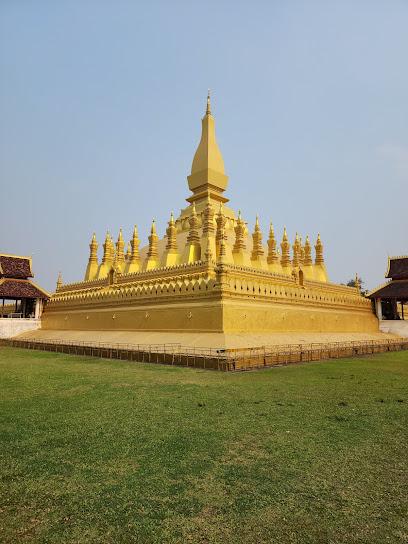
Chao Anouvong Park
Discover tranquility and culture at Chao Anouvong Park, a lush urban oasis in Vientiane, Laos, perfect for relaxation and exploration.
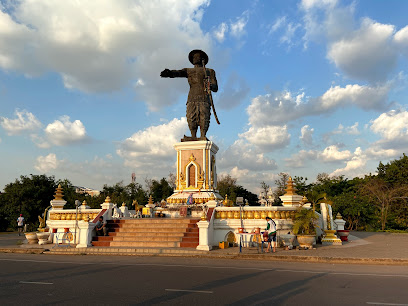
Tha Sadet Market
Discover the lively Tha Sadet Market in Nong Khai, where local culture, delicious street food, and unique souvenirs await every traveler.
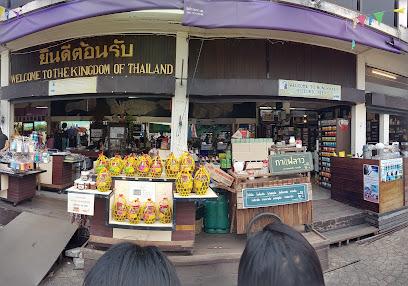
Buddha Park (Wat Xieng Khouane Luang)
Discover the mesmerizing Buddha Park in Vientiane, where art, spirituality, and nature unite in a breathtaking display of sculptures.
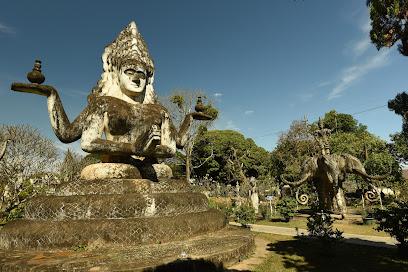
Wat Si Muang
Discover the serene beauty and spiritual depth of Wat Si Muang, a premier Buddhist temple in Vientiane, Laos, rich in history and culture.
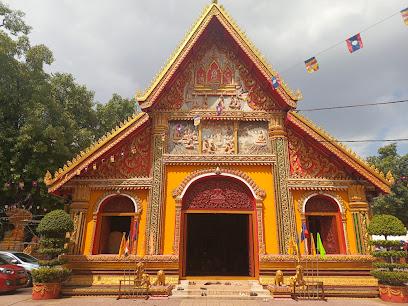
Vientiane Night Market
Experience the vibrant Vientiane Night Market, where local crafts, delicious street food, and rich Laotian culture come together in a dazzling evening setting.
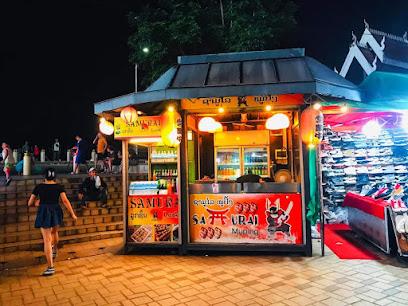
Wat Sisaket
Discover the serenity and spiritual heritage of Wat Sisaket, Vientiane's oldest temple, adorned with thousands of Buddha statues and stunning architecture.
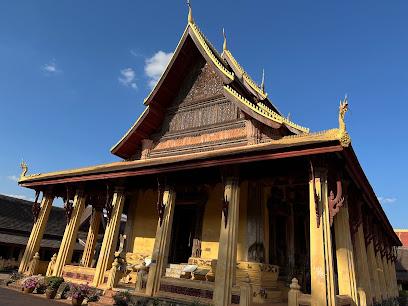
Ho Phrakeo Museum
Explore the rich history and exquisite art of Laos at the Ho Phrakeo Museum, a cultural gem in Vientiane showcasing Buddhist heritage.

Patuxay Park
Experience the tranquility and cultural richness of Patuxay Park in Vientiane, a must-visit destination for every traveler.
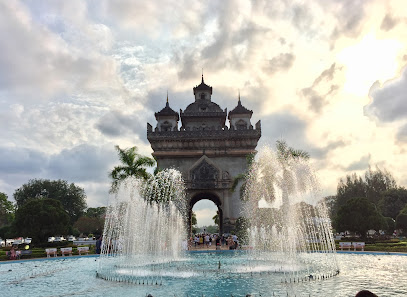
COPE Visitor Centre
Explore the COPE Visitor Centre in Vientiane: A poignant museum dedicated to the resilience of Laotians affected by unexploded ordnance.
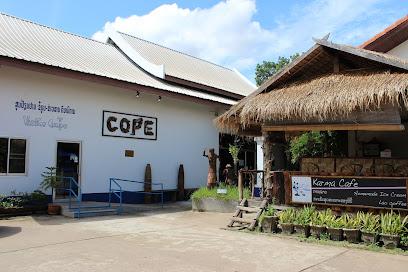
Nam Phou Fountain
Discover the charm of Nam Phou Fountain in Vientiane, a lively hub blending stunning architecture, vibrant nightlife, and delicious local cuisine.
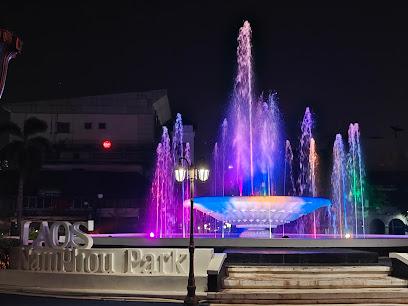
Lao Textile Museum
Explore the intricate artistry and cultural significance of Laos' textiles at the renowned Lao Textile Museum in Vientiane.
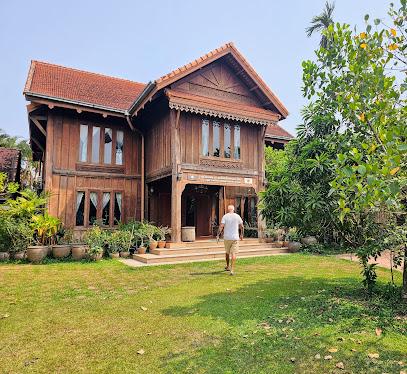
Nam Phou Fountain
Discover the enchanting Nam Phou Fountain, a cultural gem in the heart of Vientiane, perfect for relaxation and capturing the city's vibrant spirit.
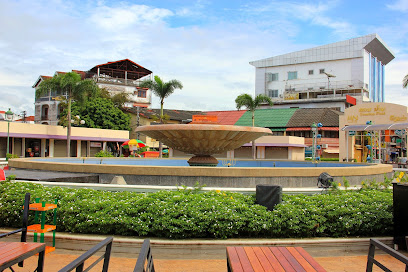
Wat Ong Teu
Discover the tranquil beauty and spiritual essence of Wat Ong Teu, a stunning Buddhist temple in Vientiane, Laos, perfect for cultural exploration.

Essential places to dine
Khop Chai Deu
Discover authentic Laotian flavors at Khop Chai Deu - a vibrant restaurant and coffee shop in the heart of Vientiane.
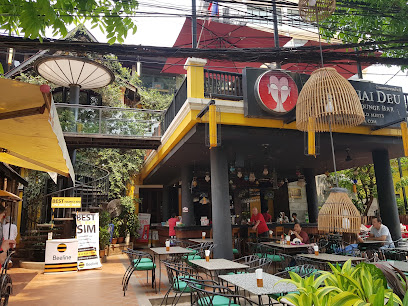
PDR - Pizza da Roby
Experience authentic Italian cuisine at PDR - Pizza da Roby in Vientiane; where every bite transports you to Italy.
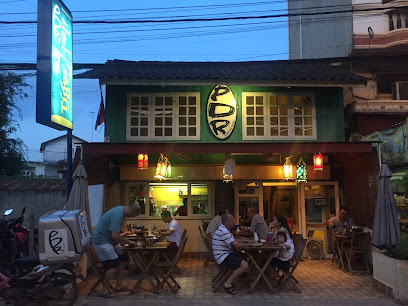
La Terrasse
Experience authentic French cuisine at La Terrasse in Vientiane – where every dish is a journey through culinary excellence.
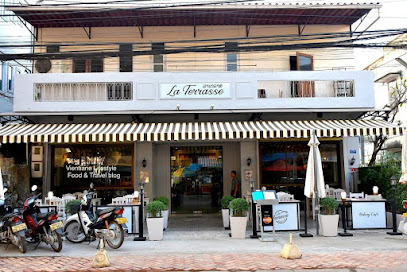
PVO Vietnamese Food
Experience authentic Vietnamese flavors at PVO Vietnamese Food in Vientiane - a must-visit for food enthusiasts seeking vibrant dishes.
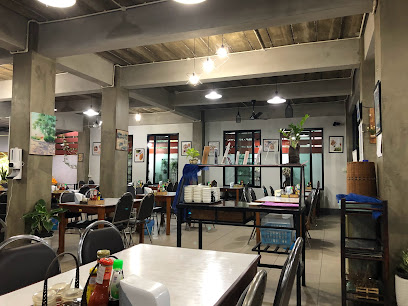
Tyson Kitchen
Experience authentic Italian flavors at Tyson Kitchen in Vientiane - where every slice tells a story!
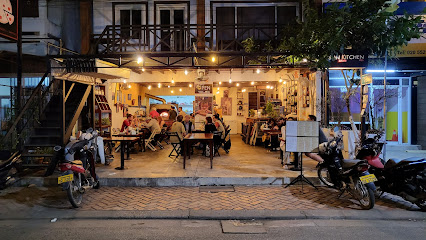
Le Vendome Restaurant
Indulge in exquisite French cuisine at Le Vendome Restaurant in Vientiane - where culinary artistry meets warm hospitality.
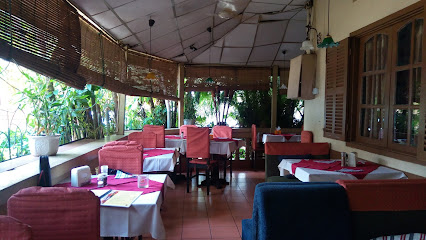
Kualao Restaurant
Discover authentic Laotian cuisine at Kualao Restaurant in Vientiane – a fine dining experience filled with culture and flavor.
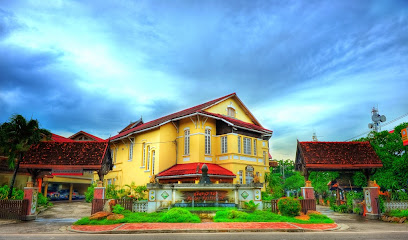
Kong View
Experience exquisite Lao cuisine with stunning Mekong River views at Kong View in Vientiane.

Hangout Vientiane
Experience authentic Thai flavors at Hangout Vientiane - a must-visit culinary gem in Laos' vibrant capital.
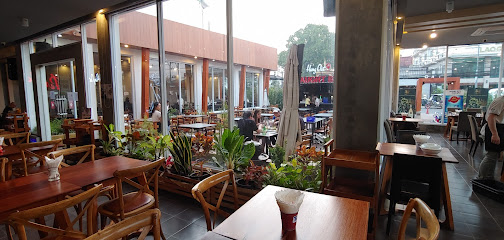
Pomodoro Pizzeria Restaurant Vientiane Laos
Discover the taste of Italy at Pomodoro Pizzeria Restaurant in Vientiane, where authentic flavors meet warm hospitality.
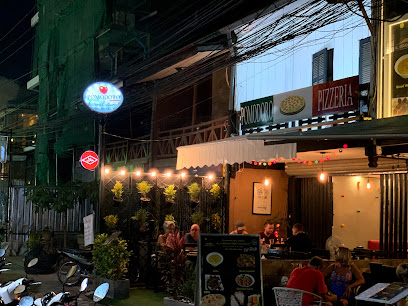
The Italian Job
Experience authentic Italian cuisine in Vientiane at The Italian Job – where every dish tells a story of tradition and flavor.
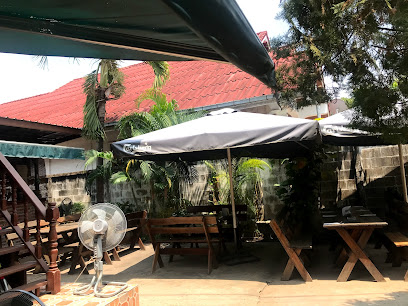
Via Via Restaurant
Experience the best of French and Western cuisine at Via Via Restaurant in Vientiane – where culinary artistry meets warm hospitality.

Kung's Cafe Lao
Savor authentic Laotian cuisine at Kung's Cafe Lao, where Asian fusion meets affordable dining in Vientiane.
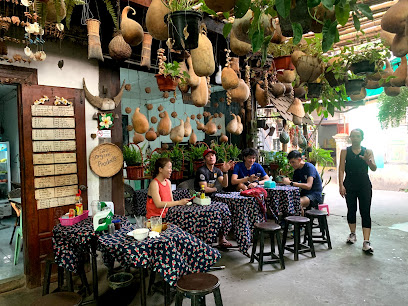
Day2night Vietnamese Cuisine
Savor authentic Vietnamese cuisine in Vientiane at Day2night – where every dish tells a story.
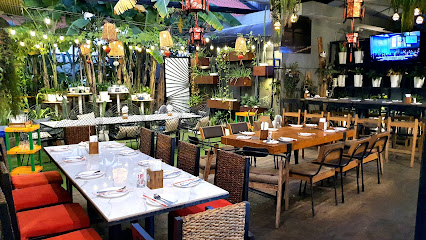
Moon the Night Restaurant
Discover authentic Laotian flavors in a cozy setting at Moon the Night Restaurant in Vientiane - perfect for any culinary enthusiast.
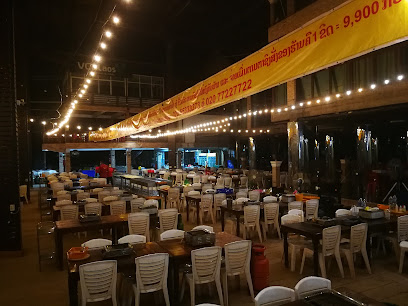
Markets, malls and hidden boutiques
Talat Sao Morning Market
Explore Talat Sao Morning Market in Vientiane: a vibrant hub of local culture, fresh produce, and delicious street food.
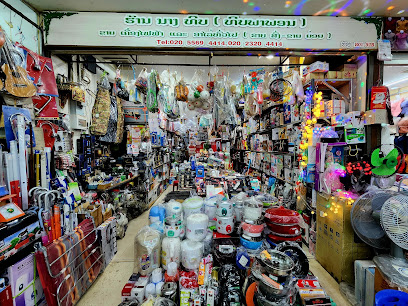
Vientiane Center Lao
Explore Vientiane Center Lao: The ultimate shopping haven in the heart of Laos with diverse retail and dining options.
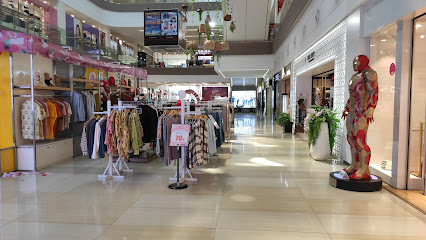
ITECC Mall
Explore ITECC Mall: Your Gateway to Shopping, Dining, and Cultural Experiences in Vientiane, Laos.
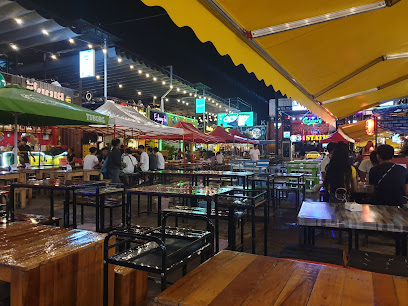
Parkson Laos
Experience modern shopping and local culture at Parkson Laos, the premier shopping mall in Vientiane, with diverse retail and dining options.
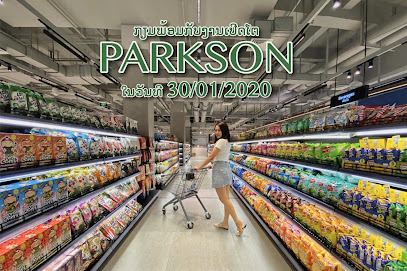
HERWORKS Vientiane Flagship Store
Discover the essence of Laos at HERWORKS Vientiane, your go-to destination for unique souvenirs, handcrafted fashion, and local artistry.
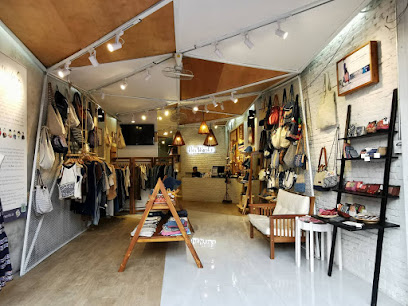
Talat Sao Shopping Mall 2
Explore Talat Sao Shopping Mall 2 in Vientiane for a unique mix of local culture, shopping, and delicious cuisine.
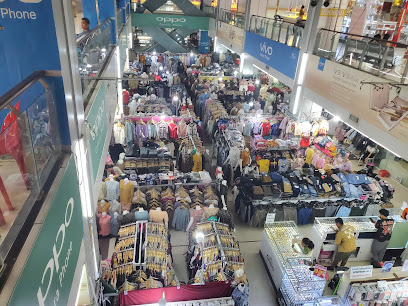
MAKOTO Japanese Supermarket
Discover authentic Japanese flavors and products at MAKOTO Japanese Supermarket in Vientiane, a culinary gem for every food lover.
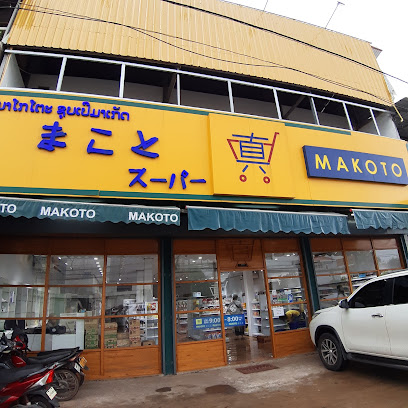
Carol Cassidy Lao Textiles
Explore the vibrant world of Lao textiles at Carol Cassidy Lao Textiles, where each piece is a unique testament to the rich cultural heritage of Laos.
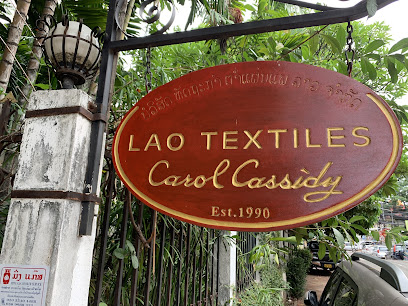
T'Shop Lai Gallery
Explore T'Shop Lai Gallery in Vientiane for authentic Laotian crafts and unique home goods that capture the essence of local artistry.

NP Shop
Discover the charm of Laotian culture through unique headwear at NP Shop, a must-visit hat shop in Vientiane.

King Shop
Explore the latest in technology at King Shop, Vientiane's premier electronics store with unbeatable service and a wide selection.
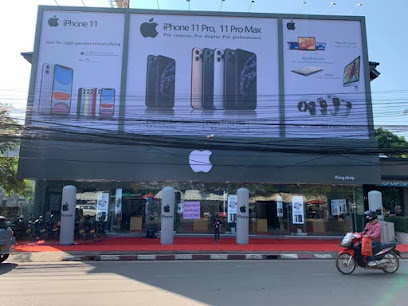
A2Z Shop Vientiane
Explore a world of joy at A2Z Shop Vientiane, your ultimate destination for toys and household essentials.
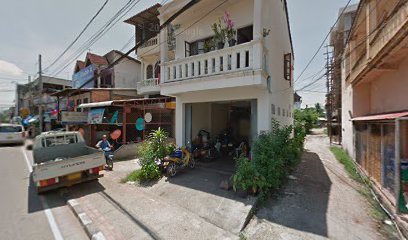
Local affordable shop
Discover Vientiane's local affordable shop for unique souvenirs and authentic Laotian products that capture the essence of local culture.
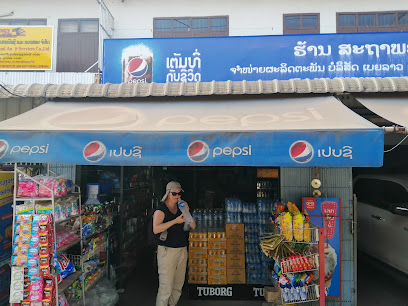
lila_bookshop
Explore the literary treasures of Lila Bookshop in Vientiane, a cozy haven for book lovers and cultural enthusiasts.
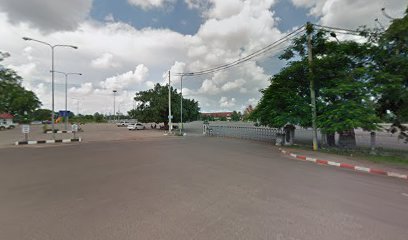
Happy_space.store
Explore Happy_space.store in Vientiane for unique Laotian gifts and artisanal treasures that capture the spirit of your travels.

Essential bars & hidden hideouts
Tully's Irish Pub
Tully's Irish Pub: A slice of Ireland in Vientiane, where great food, drinks, and live music create unforgettable memories by Thatluang Lake.
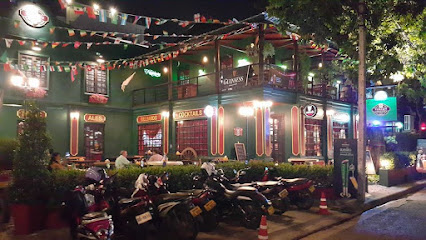
Chokdee Café Belgian Beer Bar
Experience authentic Belgian cuisine and an extensive beer selection at Chokdee Café, Vientiane's premier Belgian beer bar along the Mekong River.
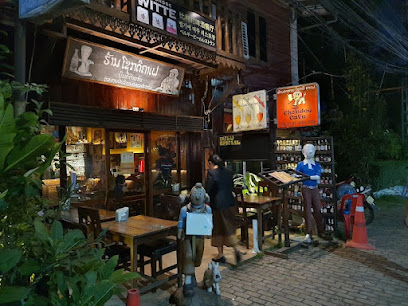
Go Dunk
Discover the vibrant nightlife of Vientiane at Go Dunk, a lively bar offering live music, refreshing drinks, and a welcoming atmosphere.
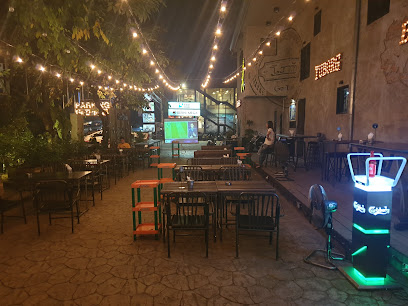
Marktwo
Experience Vientiane's vibrant nightlife at Marktwo, where local culture meets lively entertainment in a perfect blend.
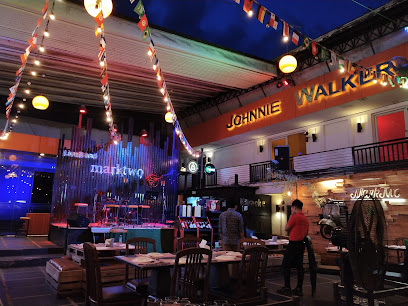
525 Eat & Drink
Discover the best of Vientiane at 525 Eat & Drink, a charming restaurant serving exquisite breakfast, brunch, lunch, and cocktails in a tranquil garden setting.
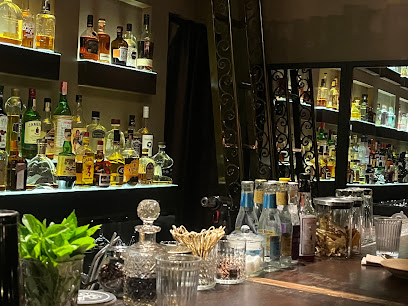
Moonlight Lounge
Discover the vibrant nightlife of Vientiane at Moonlight Lounge, where cocktails, hookah, and great music come together for an unforgettable evening.
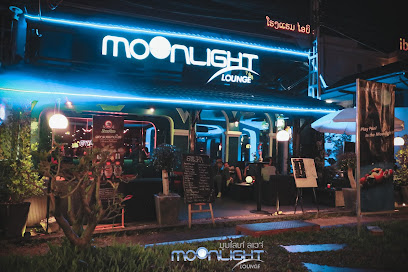
CCC Bar & Club Vientiane
Discover Vientiane's nightlife at CCC Bar & Club, where drinks flow, music ignites the dance floor, and unforgettable memories await.
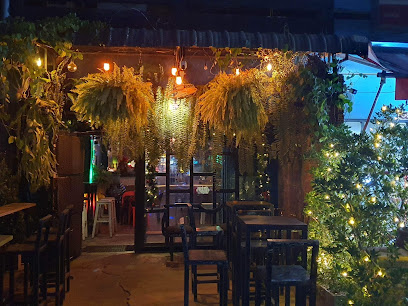
Laodi Bar Mekong
Discover the vibrant nightlife at Laodi Bar Mekong in Vientiane, where crafted drinks and live music create unforgettable memories.
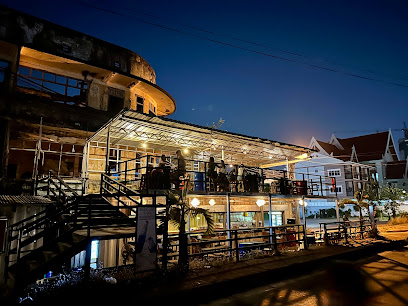
Tipsy Elephant Vientiane Rooftop Lounge
Experience breathtaking views and delightful drinks at Tipsy Elephant Rooftop Lounge, the perfect spot for relaxation in Vientiane's vibrant nightlife.
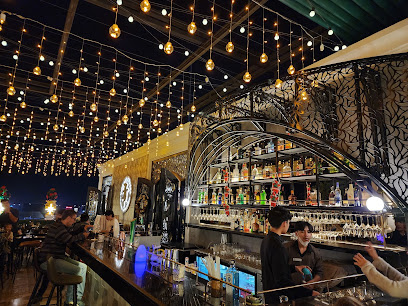
Club DPlus
Unleash your nightlife spirit at Club DPlus, Vientiane's premier bar and nightclub where every night is a celebration of music and dance.
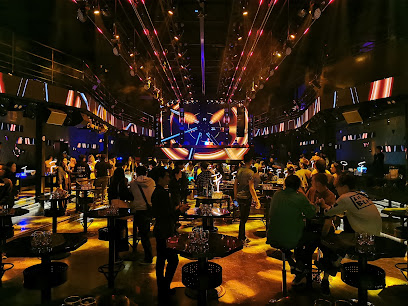
Samlo
Discover the vibrant nightlife of Vientiane at Samlo, a lively pub offering a unique blend of local culture, drinks, and entertainment.
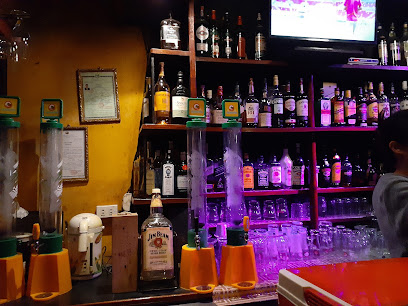
No Name Bar
Experience the lively ambiance of No Name Bar in Vientiane, where local culture, delicious cocktails, and vibrant nightlife come together for an unforgettable evening.
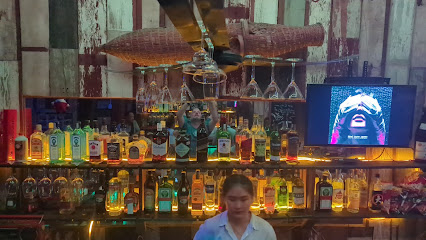
The Office Bar & Tapas
Experience the lively atmosphere and exquisite cocktails at The Office Bar & Tapas, a must-visit spot in Vientiane for all cocktail enthusiasts.
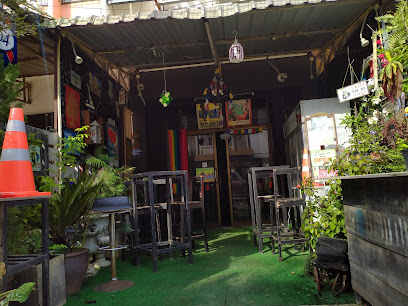
Corebeer
Experience the unique flavors of Laos at Corebeer, Vientiane's top brewpub for craft beer and delicious local dishes.
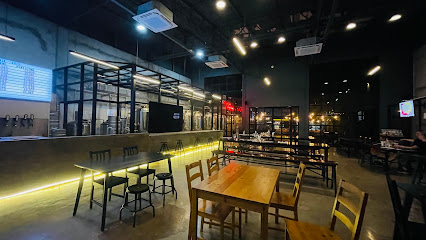
The Beer House
Experience the vibrant beer culture of Vientiane at The Beer House, a lively garden offering local brews and delicious snacks.

Local Phrases
-
- Helloສະບາຍດີ
[sa-bai-dee] - Goodbyeລາກອາດາດ
[la-kha-daa-d] - Yesຂໍ
[ko] - Noບໍ່
[bo] - Please/You're welcomeກະລຸນາ
[ka-lu-na] - Thank youຂອບໃຈ
[kop-chai] - Excuse me/Sorryຂ້າພະເຈົ້າ
[ka-phao-jao] - How are you?ໂຊກດີບໍ?
[sok-dee-bo] - Fine. And you?ດີ, ເຈົ້າອາກາ?
[dee, jao-a-ka] - Do you speak English?ເຈົ້າເວົ້າພາສາອັງກິດບໍ?
[jao-wa-pa-sa-ang-kit-bo] - I don't understandຂໍບໍ່ເຂົ້າມີ
[ko-bo-khao-mi]
- Helloສະບາຍດີ
-
- I'd like to see the menu, pleaseຂ້າພະເຈົ້າຕ້ອງໄດ້ເບີມອາຫານກັບການບໍ
[ka-phao-jao-tong-dai-bua-ah-nu-gab-kan-bo] - I don't eat meatຂໍບໍ່ກິນລັງ
[ko-bo-kin-lang] - Cheers!ຂະລີພັນ
[sa-lee-pan] - I would like to pay, pleaseຂ້າພະເຈົ້າຕ້ອງຈ່າກັບການບໍ
[ka-phao-jao-tong-jak-nu-gab-kan-bo]
- I'd like to see the menu, pleaseຂ້າພະເຈົ້າຕ້ອງໄດ້ເບີມອາຫານກັບການບໍ
-
- Help!ຊ່ວຍຊ່ວຍ
[su-su] - Go away!ໄວຊ່ວຍ
[wai-su] - Call the Police!ໂທແດງສັນຕິພາ
[tho-deng-san-ti-pha] - Call a doctor!ໂທຖືກຜູ້ຂ່າວ
[tho-tuk-pu-kao] - I'm lostຂໍບໍ່ຮູ້ຈັນ
[ko-bo-hu-chan] - I'm illຂໍບໍ່ດີ
[ko-bo-dee]
- Help!ຊ່ວຍຊ່ວຍ
-
- I'd like to buy...ຂ້າພະເຈົ້າຕ້ອງຊື້...
[ka-phao-jao-tong-sum] - I'm just lookingຂໍບໍ່ຊື້, ຂໍບໍ່ປະກອບ
[ko-bo-sum, ko-bo-pa-kob] - How much is it?ມູນຄ່າເທົ້າ?
[mun-ka-thao] - That's too expensiveມູນແກ່ວາ
[mun-kwai-wa] - Can you lower the price?ໃຊ້ຄືນລູກໃຫ້ແລກລູກໄດ້ບໍ?
[sai-kun-luk-hai-lek-luk-dai-bo]
- I'd like to buy...ຂ້າພະເຈົ້າຕ້ອງຊື້...
-
- What time is it?ເວລາແມ່ນຫຼາຍແທຍ?
[wa-la-mun-la-tee] - It's one o'clockແມ່ນສືກ
[mun-suk] - Half past (10)ສາກາຍເທົ້າ (10)
[sa-ka-na-thao (sip)] - Morningກາງມື້
[kang-meu] - Afternoonສວຍຕາມ
[suai-tam] - Eveningແລງໂລກ
[leng-lok] - Yesterdayມື້ວາ
[meu-wa] - Todayມື້ນີ້
[meu-nee] - Tomorrowມື້ອື້ນ
[meu-un] - 1ໜຶງ
[nung] - 2ສອງ
[song] - 3ສາມ
[sam] - 4ສີ
[si] - 5ຫ້າ
[ha] - 6ເຈັດ
[jet] - 7ແປດ
[pad] - 8ເກົ້າ
[kao] - 9ເຂັມ
[kham] - 10ສາຍ
[sip]
- What time is it?ເວລາແມ່ນຫຼາຍແທຍ?
-
- Where's a/the...?ມີ...ຢູ່ໃກ້ບ່ອນໃດ?
[mi-yu-kai-bon-dai] - What's the address?ທາງຢູ່ດ້ວຍຫນ້າແທຍ?
[thang-yu-duai-na-tee] - Can you show me (on the map)?ເຂົ້າເຈົ້າສະແດງຂ່າວຂອງຂ່າວ?
[khao-jao-sa-deng-kao] - When's the next (bus)?ມື້ນັ້ນມາຈັກທີ່ນັ້ນ?
[meu-nan-ma-jak-tee-nan] - A ticket (to ....)ເງິນຂາຍ (...)
[ngoen-kai]
- Where's a/the...?ມີ...ຢູ່ໃກ້ບ່ອນໃດ?
History of Vientiane
-
Vientiane, the capital city of Laos, is believed to have been established in the 9th century. The city was initially a Khmer settlement before becoming a significant center for the Lao Kingdom of Lan Xang in the 14th century. The name 'Vientiane' is derived from Pali and Sanskrit, meaning 'city of sandalwood'.
-
Under King Setthathirath in the 16th century, Vientiane became the capital of the Lan Xang Kingdom. The city flourished as a cultural and political hub, with the construction of several significant monuments, including the iconic That Luang stupa, which remains a national symbol of Laos.
-
In the late 18th century, Vientiane experienced a period of decline following the Siamese invasion in 1779. The city was sacked and its inhabitants were relocated to Siam (modern-day Thailand). This era marked significant turmoil and hardship for the people of Vientiane.
-
In 1893, Vientiane came under French control as part of French Indochina. The French colonial era brought infrastructure development, including roads, bridges, and buildings, many of which still stand today. This period also saw the introduction of Western education and legal systems, significantly influencing the city's cultural landscape.
-
During World War II, Vientiane was occupied by Japanese forces. After the war, the city became a focal point of political struggle between the Royal Lao Government and the communist Pathet Lao. This era culminated in the Pathet Lao's takeover in 1975, leading to the establishment of the Lao People's Democratic Republic.
-
Since the late 20th century, Vientiane has experienced significant economic growth and modernization. The city has expanded its infrastructure, with new roads, bridges, and buildings reflecting its development. Vientiane continues to be a cultural and political center, balancing its rich historical heritage with contemporary progress.
Vientiane Essentials
-
Vientiane, the capital city of Laos, is accessible by various means of transportation. Wattay International Airport, located about 3 kilometers from the city center, serves both international and domestic flights. Major airlines operate flights to Vientiane from cities like Bangkok, Hanoi, and Kuala Lumpur. Overland travel is also an option; buses and minibuses connect Vientiane with other major cities in Laos and neighboring countries like Thailand and Vietnam. The Friendship Bridge links Vientiane with Nong Khai in Thailand, making it easy to travel by train or car.
-
Getting around Vientiane is relatively easy. Tuk-tuks and jumbos (a larger version of tuk-tuks) are widely available and can be hailed on the street. For a more comfortable ride, you can use ride-hailing apps like Loca. Bicycles and motorbikes can be rented for short-term use, allowing you to explore the city at your own pace. Public buses are available but less frequent and may not cover all tourist areas. Taxis are also an option but are generally more expensive.
-
The official currency in Laos is the Lao Kip (LAK). While some higher-end hotels and restaurants may accept US dollars or Thai Baht, it is advisable to carry Kip for most transactions. Credit cards are accepted in major hotels, some restaurants, and larger stores, but not widely used in smaller establishments. ATMs are widely available in Vientiane, dispensing Kip. It is a good idea to carry some cash, especially when visiting markets or smaller shops.
-
Vientiane is generally a safe city for tourists. However, like any other destination, it is important to take standard precautions. Avoid walking alone at night in unfamiliar areas and keep an eye on your belongings in crowded places. Areas such as the riverfront and night markets are generally safe but can become targets for petty crimes like pickpocketing. Avoid displaying large amounts of cash or expensive items. Be cautious when using ATMs, especially at night.
-
In case of an emergency, dial 1190 for police assistance and 1195 for medical emergencies. Vientiane has several hospitals and clinics, with the Mahosot Hospital being one of the main medical facilities for emergencies. It is highly recommended to have travel insurance that covers medical emergencies and evacuation. Pharmacies are available throughout the city for minor health issues. The embassy or consulate of your country can also provide assistance in emergencies.
-
Fashion: Do dress modestly, especially when visiting religious sites. Avoid wearing revealing clothing. Religion: Do respect local customs and traditions. Remove your shoes and cover your head when entering temples. Public Transport: Do be respectful and give up your seat to elderly passengers. Don't eat or drink on public transport. Greetings: Do greet people with a slight bow or a 'nop' (pressing your palms together in a prayer-like gesture). Eating & Drinking: Do try local delicacies and accept food offerings graciously. Don't refuse hospitality, as it is considered impolite.
-
To experience Vientiane like a local, visit the morning market (Talat Sao) to buy fresh produce and traditional Lao goods. Take a leisurely stroll along the Mekong River during sunset for a peaceful experience. Engage with locals at coffee shops; Lao coffee is renowned for its rich flavor. Don't miss the chance to visit temples like Wat Si Saket and Pha That Luang to understand the local culture and history better. For a unique experience, take part in a traditional Baci ceremony, which is a significant cultural ritual in Laos.
Trending Landmark in Vientiane
-
Patuxay - Victory Monument
-
Chao Anouvong Park
-
Pha That Luang Vientiane
-
Talat Sao Morning Market
-
Buddha Park (Wat Xieng Khouane Luang)
-
Wat Si Muang
-
Vientiane Night Market
-
Wat Sisaket
-
Ho Phrakeo Museum
-
That Dam Stupa
-
Patuxay Park
-
COPE Visitor Centre
-
Xaysomboun Boutique Hotel
-
Nam Phou Fountain
-
Wat Ong Teu
Nearby Cities to Vientiane
-
Things To Do in Udon Thani
-
Things To Do in Vang Vieng
-
Things To Do in Loei
-
Things To Do in Phonsavan
-
Things To Do in Xieng Khouang
-
Things To Do in Nan
-
Things To Do in Luang Prabang
-
Things To Do in Thakhek
-
Things To Do in Savannakhet
-
Things To Do in Sukhothai
-
Things To Do in Nakhon Ratchasima
-
Things To Do in Chiang Rai
-
Things To Do in Ubon Ratchathani
-
Things To Do in Muang Sing
-
Things To Do in Chiang Mai












